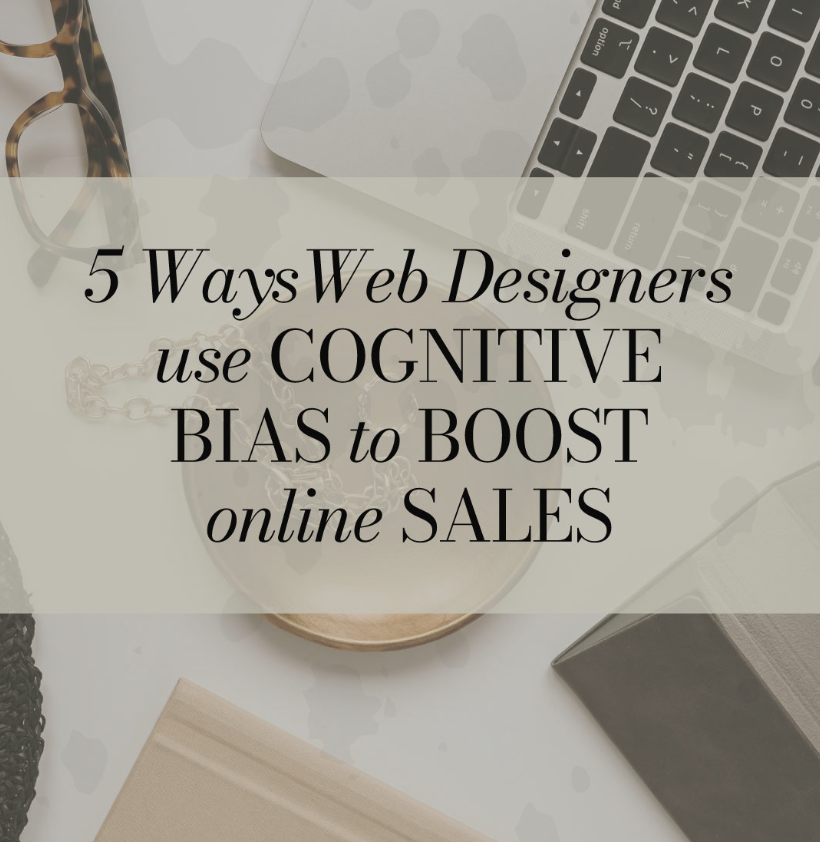There are many reasons why people might hesitate to make an online purchase, from concerns about the product to distrust of the brand. However, there is a way to improve your sales and it has to do with something called cognitive bias.
Cognitive bias is when we judge something based on incomplete information. Our brains are influenced by a number of factors, such as our past experiences, emotions, and social norms.
By understanding how cognitive bias works, you can design your website and marketing campaigns to tap into these psychological shortcuts and nudge customers toward making a purchase.
-
Social proof
People tend to trust the opinions of others. By showcasing positive reviews or testimonials from satisfied customers, you can tap into the social proof bias and persuade potential customers to make a purchase.
-
Anchoring bias
This bias refers to our tendency to rely heavily on the first piece of information we receive. By strategically placing a higher-priced item next to a similar but lower-priced item, you can make the lower-priced item seem like a better deal.
-
Scarcity bias
When we believe that something is scarce or in limited supply, we are more likely to want it. By using language that emphasizes scarcity (e.g. "Limited time offer!" or "Only a few left in stock!"), you can create a sense of urgency and encourage customers to purchase before it's too late.
-
Framing bias
The way information is presented can influence our decision-making. By framing your product in a positive light (e.g. "This lotion will make your skin glow!" instead of "This lotion is good for your skin"), you can tap into the framing bias and make customers more likely to buy.
-
Confirmation bias
People tend to seek out information that confirms their existing beliefs. By aligning your marketing messages with your target audience's beliefs and values, you can tap into the confirmation bias and persuade them to make a purchase.
These are just a few examples of how cognitive bias can be used to boost your online sales. By understanding how your customers' brains work, you can design your website and marketing campaigns to tap into these psychological shortcuts and nudge them toward making a purchase.

